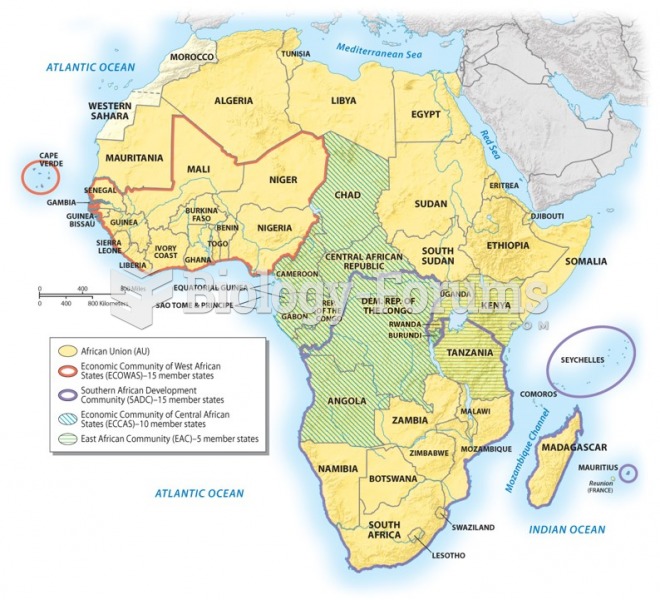Answer to Question 1
B
Answer to Question 2
The extent to which political institutions provide opportunities for political minorities to participate in government impacts the size of a welfare state. In particular, proportional representation (PR) electoral rules and the distinction between unitarism and federalism may be related to the extent of taxation and redistribution. Scholars have noted that countries with multiparty political systems, such as Belgium and Denmark, tend to tax and spend relatively more than do countries with twoparty systems.
In multiparty systems, to succeed, governments must form multiparty coalitions. Each party in the coalition wants to focus government spending on its own supporters, but this dynamic tends to increase overall pressures for spending. In contrast, in a twoparty system, each of the main parties is a diverse coalition of social groups. This tends to dilute the influence of each particular group in the government process, which limits upward pressures on spending.
Multiparty systems are associated with proportional representation electoral rules, while two-party systems are associated in many cases with plurality electoral rules. The electoral system in the United States and UKsinglemember district pluralityhas worked against the growth of the welfare state by diluting group demands. In contrast, in most continental European states, PR electoral systems facilitate the birth and growth of socialist and labor parties alongside a far broader and more varied constellation of political parties. This fragmentation of the party system has encouraged the growth of the welfare state.
Federalism also seems to be associated with smaller government, while unitarism is associated with bigger government. This is perhaps because federal systems require a second legislative chamber. Bicameral legislatures make passing any legislative proposal more difficultsimply because each proposal requires two separate and potentially non overlapping majorities. Under these circumstances, the passage of welfareenhancing legislation becomes more difficult. All else equal, federal systems should see somewhat smaller states. However, because some federal systems such as that of Germany tax and spend relatively heavily, we can see that political institutions such as federalism and electoral rules provide only partial explanations for crosscountry variation in levels and taxation.
 In 1891 William Dean Howells championed the poetry of Emily Dickinson: “This poetry is as characteri
In 1891 William Dean Howells championed the poetry of Emily Dickinson: “This poetry is as characteri
 National Guardsmen firing into a crowd of antiwar protesters at Kent State University killed four ...
National Guardsmen firing into a crowd of antiwar protesters at Kent State University killed four ...





